In terms of preparedness, your fifth international trip is going to look a lot different from your first, and your fifteenth will look wildly different from your fifth. It was no different for us.
The first time Tracy and I left the country we had a great time, but we made a lot of mistakes. We spent too much on flights. We didn’t find the right budget hotel. We planned too much for the wrong things and not enough for the right things. We spent too much time doing the wrong things, and not enough time doing the right things. We spent money in the wrong ways – wastefully, and we made what we now know are cardinal sins when you travel. We know much more about the best tips for couples for travel together often, and can get pretty creative in terms of saving time and money.
Did we still have a great time when we made the small mistakes? Of course. Could it have been better, had we exercised a few of the tried and true basics we hold to steadfastly now? Without question. It’s through our mistakes that we hope you’ll avoid making mistakes of your own, learning from our missteps on the road. This is advance beyond simple knowing what to bring, or creating a checklist, but rather keys to enjoying and making the most of your trip, and avoid some of the mistakes most make while traveling.
Use Google Maps to Book Hotels
If you’re like us, sometimes it’s hard to figure out not only which hotel to book, but what area in which you should be looking. There’s one little trick we use in Google Maps to figure this out.
Go to Google Maps and search for “hotels near (city), (country)”. You will see a scatter map of red icons indicating the location of hotels in that area. In the example below, we’ve done a search on Google Maps for “hotels near Berlin, Germany”.
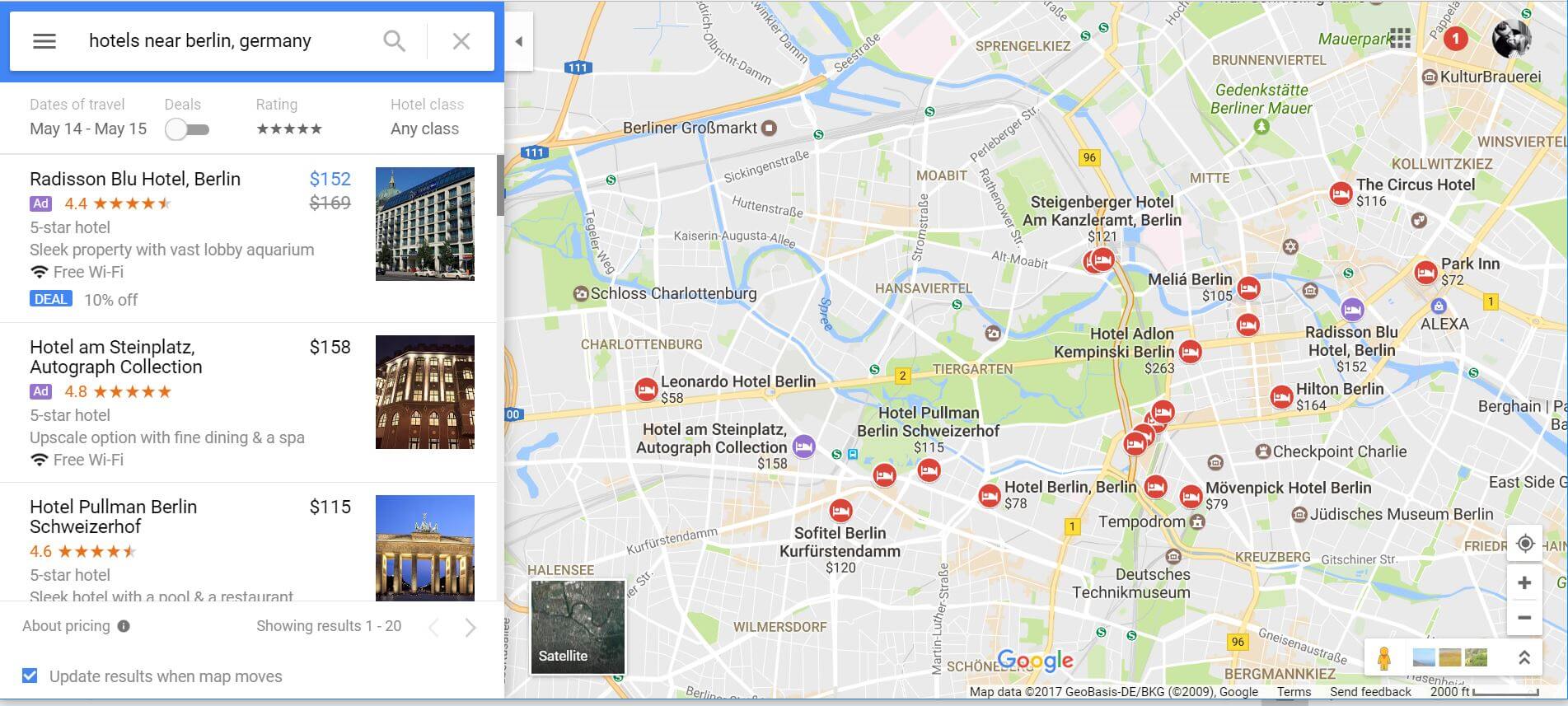
Given that hotels are built in areas with the best things to do, including tourist attractions, restaurants, museums and public transportation, you want to zoom in on an area of these clustered red dots indicating the presence of a hotel.
As you zoom in, you will notice that prices will populate next to the red dots, as well as the hotel name. This will also update the listing on the left side to only include hotels that are visible in the frame you are looking at. As you move the cursor around and view the map, the bar on the left will continue to update with the name, pricing, photo and brief description of the hotels within that area. You’ll quickly be able to see if the hotels in the area fit in your budget.
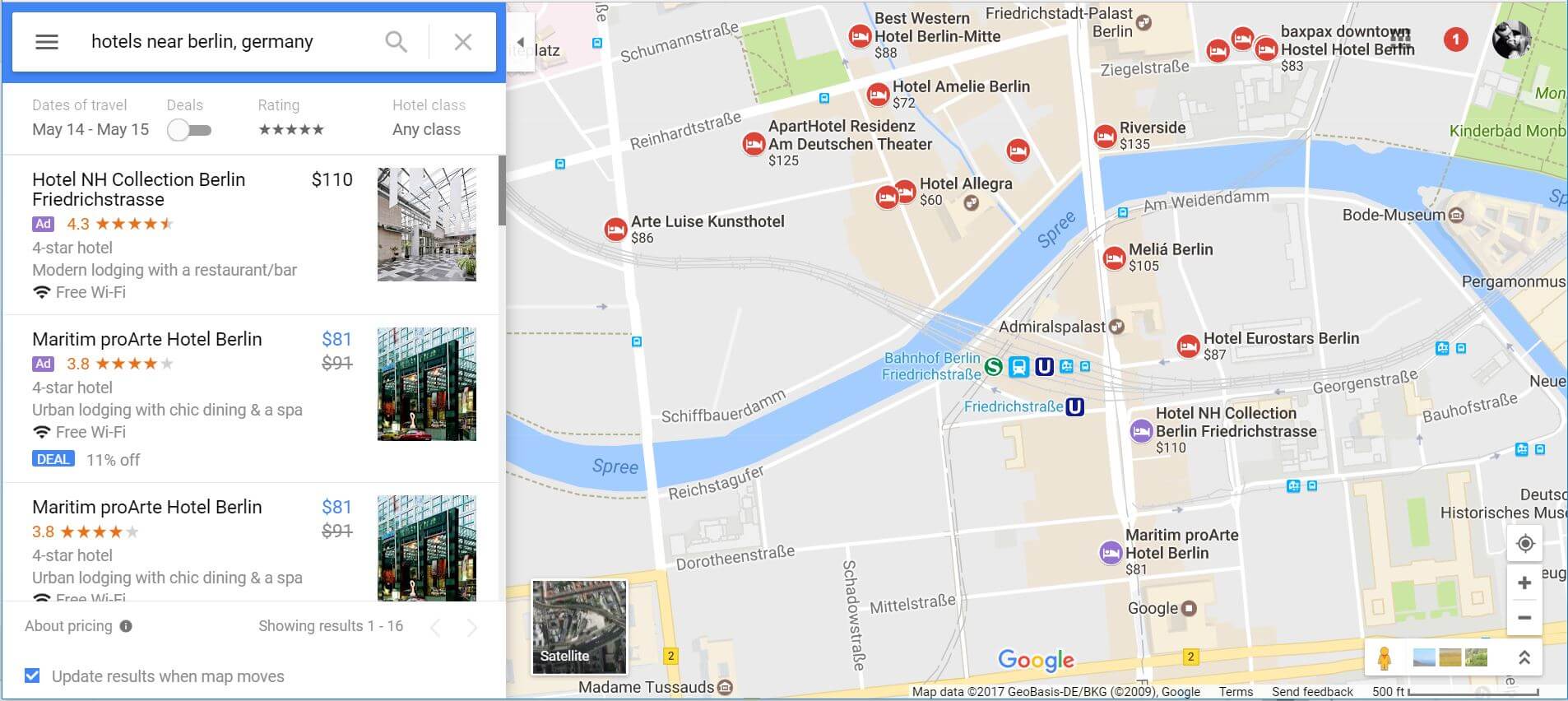
As you can see, we’ve zoomed into a dense cluster of hotels along the Spree River in Berlin with immediate access to public transportation (marked by the “U” on German maps). In the center-left of the screen, we see “Hotel Allegra” listed at only $60 per night! Let’s zoom in and find out more.
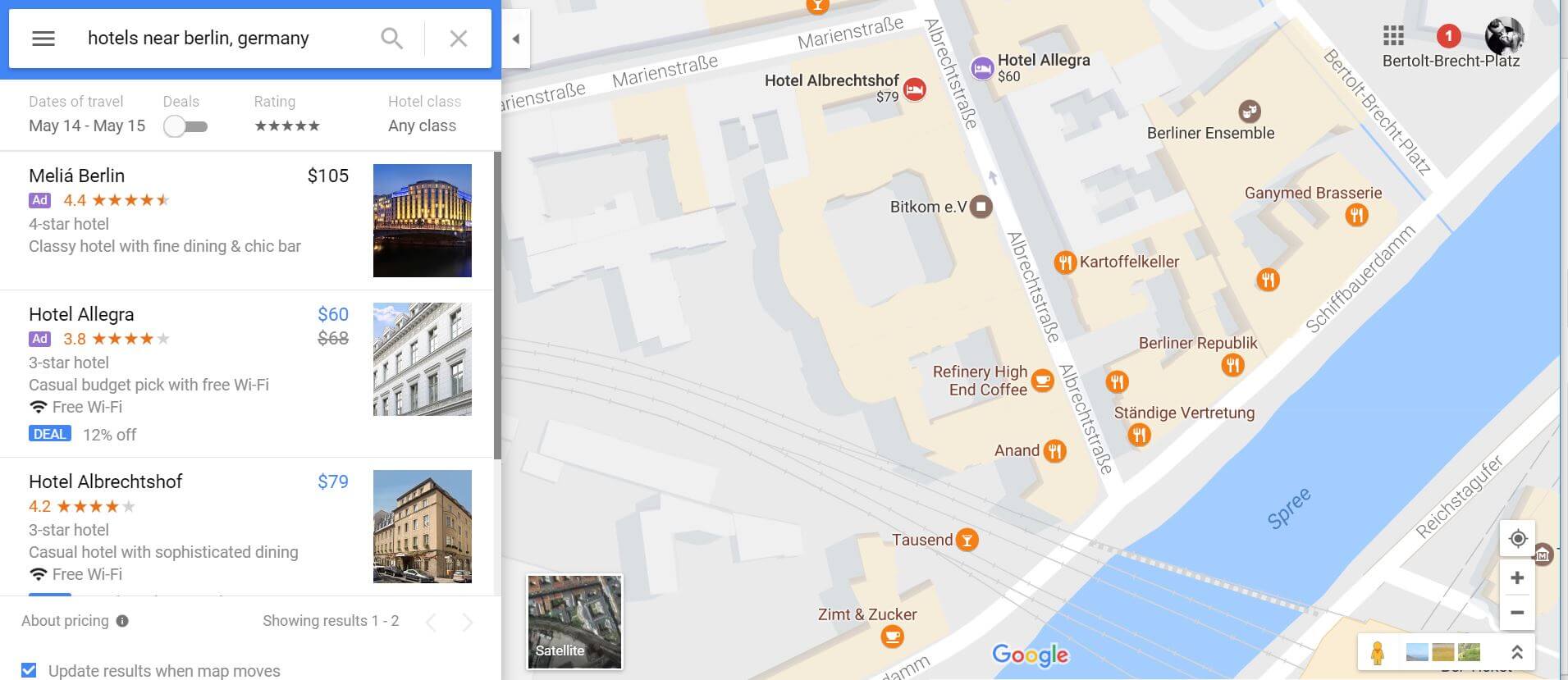 Here the information becomes clear – Hotel Allegra is a four-star hotel only a few hundred feet from the Spree, with access to nearby restaurants, cafes and bars. We can click on the area to the left and book our stay!
Here the information becomes clear – Hotel Allegra is a four-star hotel only a few hundred feet from the Spree, with access to nearby restaurants, cafes and bars. We can click on the area to the left and book our stay!
Cabs

Only black cabs in London, if you want to get where you’re going.
Use cabs when necessary, but only when absolutely necessary. There are simply too many better ways to get around a place like London without spending the money, which is always more than what you will plan or budget for. We know, we thought the same way. “Maybe we’ll have one or two cabs rides a day, maybe $5 or $10 a piece.” Do the math on that. If you take a cab twice daily for a week, and each ride is $10, you’ve now spent $140 on simple transportation in a week. Now, this is with the estimate being what you’ll find through any online research, but it will nearly always be more.
Taking a cab from the airport to the hotel? Probably necessary if your flight gets in super early or very late, but bank on the fact that it’s going to be double of what you think it is. Why? A few reasons. First, cab drivers will take advantage of your ignorance. This happens not only overseas, but right here in the good ol’ U.S.A., also. When we went to Boston, a simple cab ride from Logan Airport to the Harborside area cost us $40. We could have taken a bus for $5, and maybe 15 minutes longer in duration to get there, but the anticipation of getting to the hotel led us to take the first thing available. Internationally, we’ve made the mistake a few times of taking cabs from the airport to our hotel, obviously not locals nor speaking the language, and it’s busted our budget more than a few times.
Secondly, you don’t know where you’re going. They do. If a five kilometer route is fastest, and available, expect the slightly longer route. This doesn’t make them bad people, it simply makes cab drivers business people who are looking to grab a few extra bucks. You, the weary and inexperienced traveler, just happen to be the goat in this case.
So, when should you take a cab? It’s always wise to use Google Maps in the cab, as soon as you sit down. Seriously. This keeps drivers much more honest than than they would otherwise. Pull up your route on your phone and tell them you know where you’re going. Often, we’ve even deferred saying the destination, provided we knew the language in the city in which we were traveling. “Take me to X Hotel” gives cab drivers a lot of liberty. “Go straight about two miles and take a right on X road” let’s them know immediately that you know where you’re going, and makes them less likely to play games.
If you don’t have the benefit of technology, try and use whatever is the official cab where you are. Every city has official drivers, and ones that are hucksters. In London, take black cabs. Always. Forever. Learn what the legitimate companies are when you come into the city, and only ride with them.
Pack a Scarf
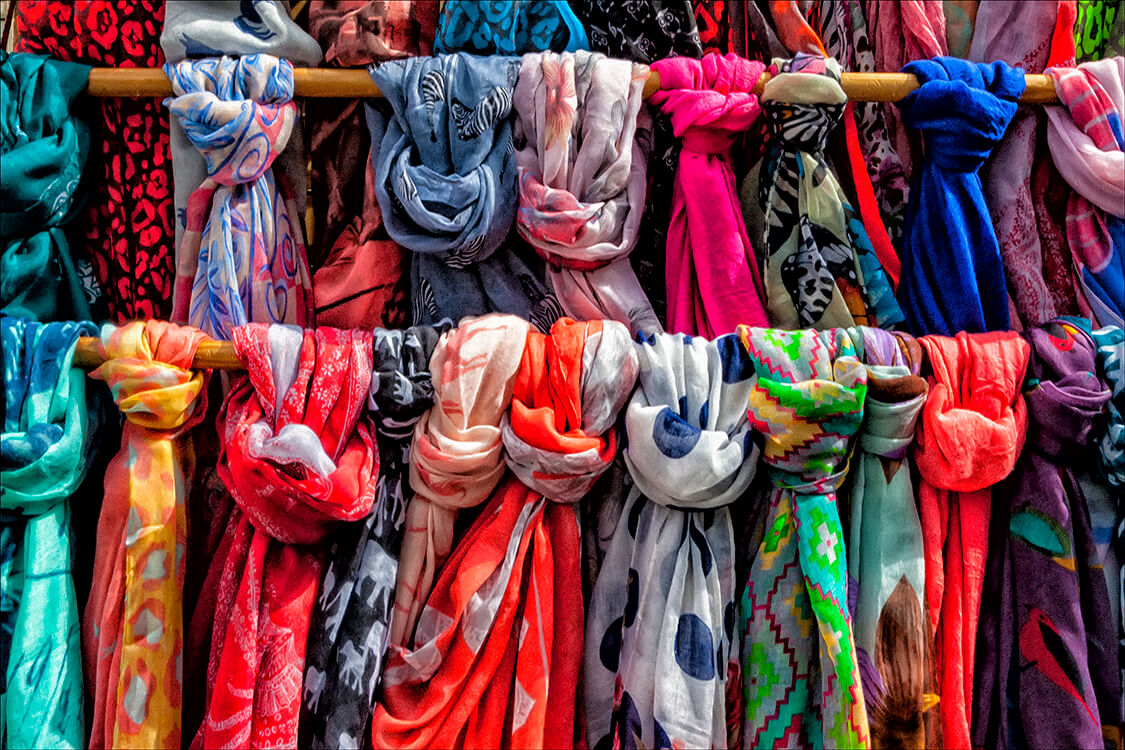
Light-weight scarves like these are perfect to tie around your backpack handle, and great when it gets chilly!
Tracy does this religiously, and I’ve started doing the same, but you should definitely pack a scarf, sarong or something similar. Typically she’ll take a thin scarf, made of cotton, viscose, silk or something lightweight, and tie it around the handle of her backpack. This has innumerable uses as an eye mask, headrest, towel or even to actually use as a scarf if you get cold. You won’t believe how handy this will come into play when you actually need it, and it’s a cheap and unobtrusive accessory.
Have the Right Power Adapter
Something Tracy was on top of that I didn’t even consider prior to our first trip was the need for an international power adapter. There are dozens of different configurations for wall adapters, and each country and currency zone has their own. These can differ even between neighboring countries, and it’s vital to have the right one before you take your trip.
Power adapters aren’t the easiest thing to find in some countries, and the ones you do find can be three times as expensive as what you might find online – or more! There are great deals on Amazon for universal adapters that should help you get around most major countries without much of an issue for under $10. Waiting until you enter the country to buy one of these can cost you $30-$40.
Use a Money Belt
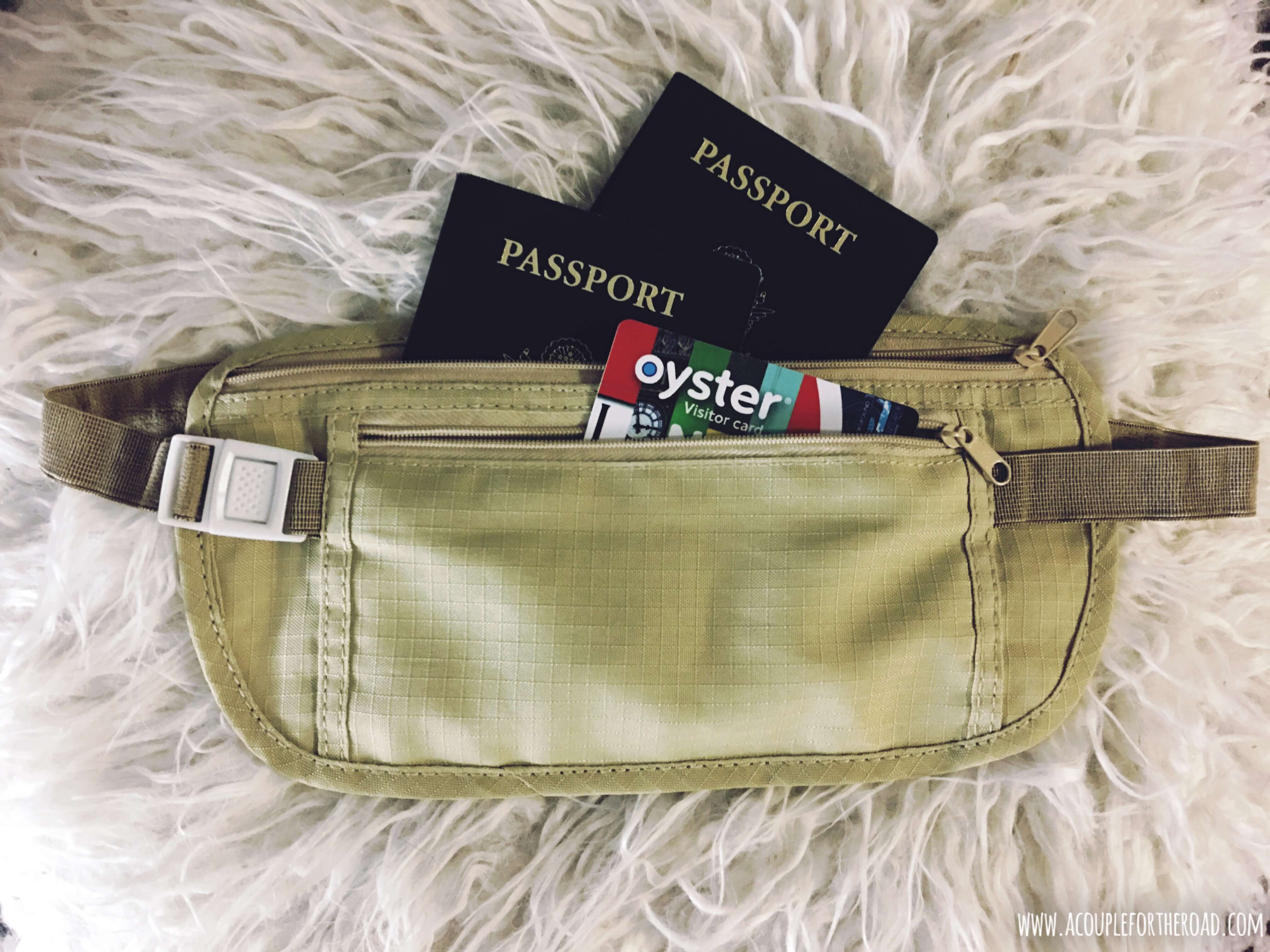
Travel belts hold a surprising amount of documents, and keep you secure.
If you travel anywhere, pick-pocketing is a real thing. This doesn’t make a place dangerous, it’s simply a reality that sometimes people steal. Most tourists do a terrible job of “blending”, and as such stick out like a sore thumb to these small group of thieves.
Using a thin money belt under my shirt to keep my wallet, passport and phone has saved our tails on more than a few occasions, including when we were in Paris. Our first time visiting, as soon as we stepped out of the Gare du Nord we were approached by two girls who were obviously a part of some scam to distract you while having your pockets picked. The first girl stepped in front of me with a clipboard, asking for donations for some type of charity, while the second snuck behind us while distracted, and attempted to take my wallet out of my back pocket. I actually felt the jostling on my back pocket, and turned around to see the second girl standing behind me and drawing her hand back. After this, there was a bizarre exchange of expletives hurled in our direction before we simply ignored the event and walked on. Why? Because my wallet was secure in my money belt, under my shirt and jacket.
Now, we aren’t talking about a fanny pack. Buy a thin money belt that lays flat and has RFID protection to prevent identity theft on your credit cards and passport. The one we use is on Amazon, and is only about $16. These are completely inconspicuous under your clothes, including warm-weather wear.
Back-Up Documents
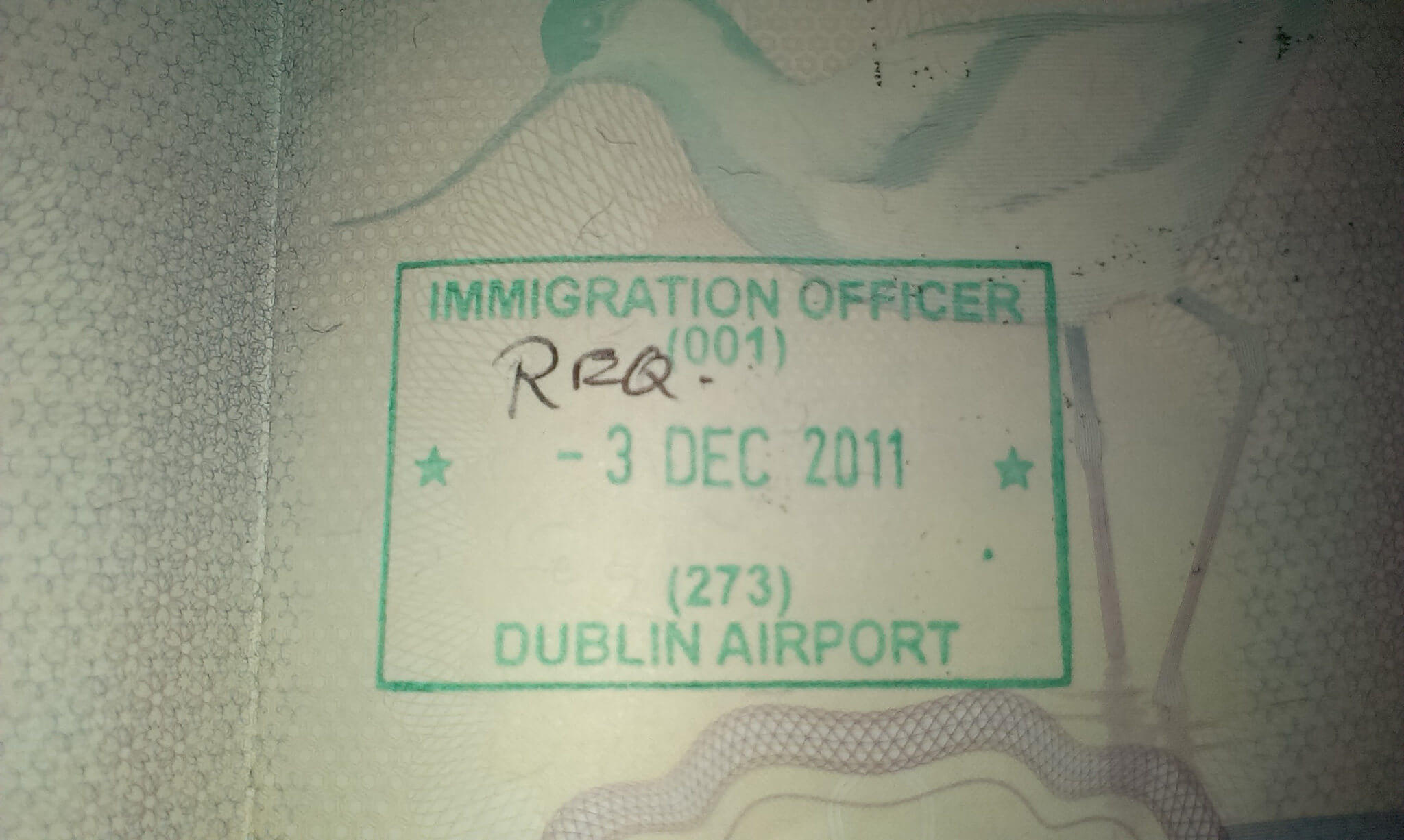
Make sure to take photos of your ID page, both sides.
Whether at the risk of pick-pocketers or simply human error, you can lose your important documents. People generally think travel is more dangerous than it is, forgetting that often our biggest threat can be our own forgetfulness. I’ve walked away from restaurant booths and seen my wallet still sitting in the seat, and I’ve left my credit card on counters after using it – perhaps you have to. It is absolutely vital that you take a picture of your passport and driver’s license (with your phone), and email a copy to yourself. The process of getting back home becomes much easier if you have a way to get a visual ID of yourself, as well as your passport and license number.
When you do this, you have two levels of back-up. If you simply lose the document, you have a back-up on your phone. If you lose both the documents and the phone, you have a cloud-based way to retrieve the information. It’s best to make a checklist of whatever documents you’ll need so that you can keep track of any spare copies you have lying around.
Take More Photos

Take as many photos as possible when the opportunity presents itself.
On our first few trips, we hesitated to take the amount of pictures we wanted to for a few reason. Among them, we were afraid of looking “touristy” or drawing attention to ourselves, but the reality is that no one cares if you’re taking photos. Neither should you.
It’s a regret of ours now that we don’t have the volume of photos from those first few trips that we do from our more recent trips, and unfortunately that’s something we can’t redo. If you really think about it, photos are one of the most valuable things you can bring back from a trip. Photos are free. Souvenirs are not. Photos remind you of where you were, while sometimes your memory can be off. Want to remember what the Cliffs of Moher looked like? Make sure to have the photos.
It’s also paramount to back-up your photos, no matter what device you’re using. Being iPhone users, we pay for extra cloud storage for just a few bucks a month, which has saved us on a few occasions when our phones were lost or stolen. If you’re using a professional camera, make sure to load your photos on your laptop or tablet at the end of each day, just in case.
Take a Small Umbrella or Poncho
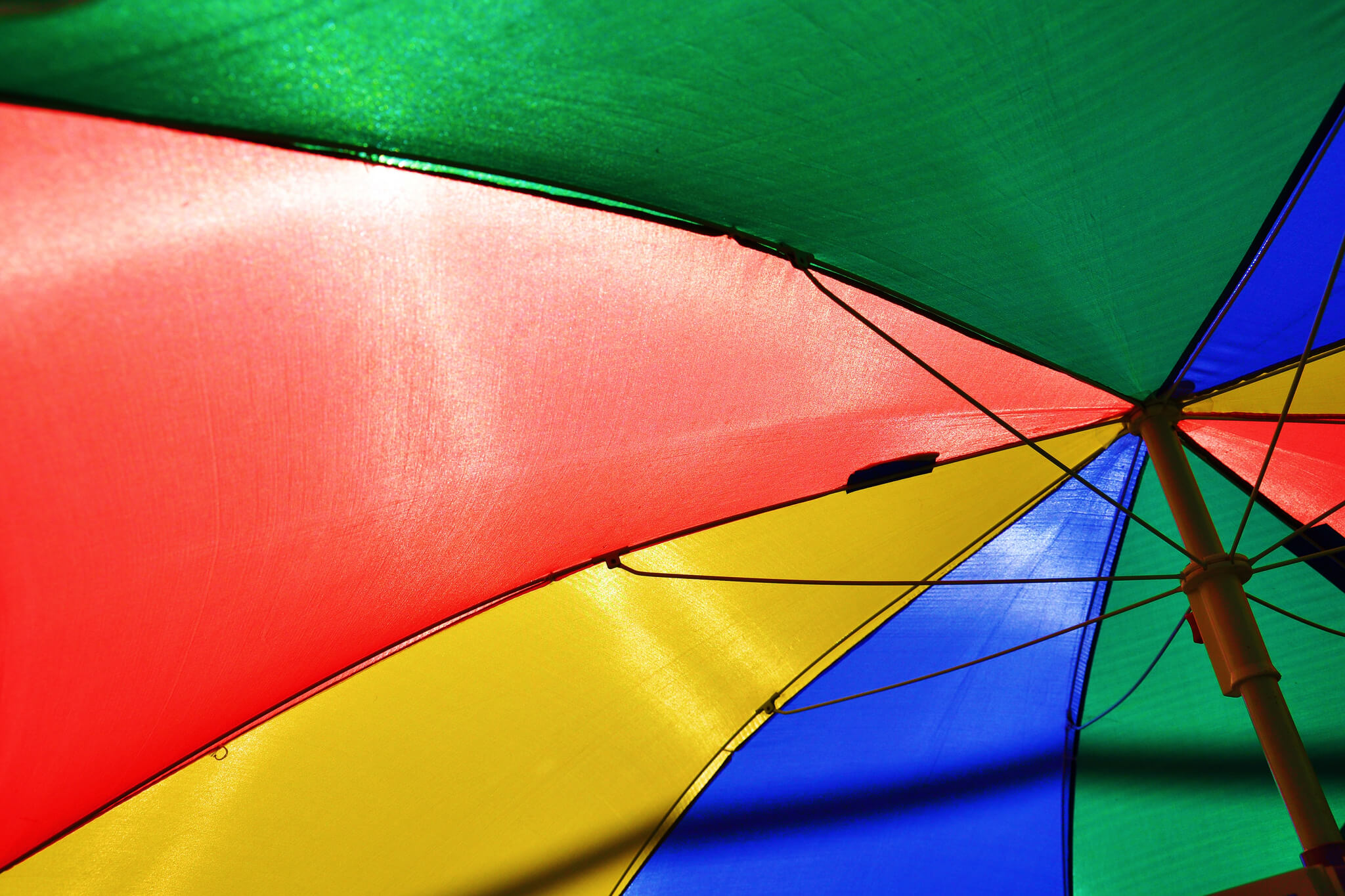
Umbrellas are essential during any travel.
Umbrellas and ponchos can be live-savers, no matter where you’re traveling. One thing you want to make sure of is that you buy these at home, as these types of of accessories are always going to be marked-up 200-300% if purchased in an airport or other tourist trap. Make sure the umbrella is short and small enough to fit in your backpack, and don’t unpack the poncho. These always come very compressed in their packaging, which will afford you the space in whatever luggage you decide to use.
Speaking of luggage…
Backpack More, Suitcase Less
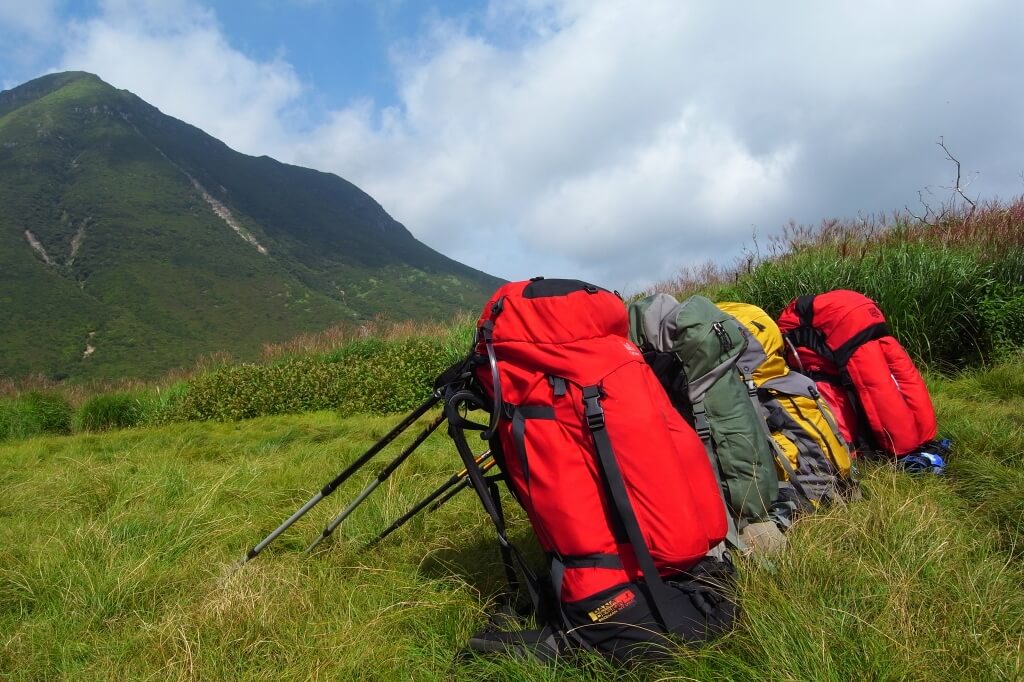
If you’re like us, you prefer mountains and backpacks over suitcases and posh hotel rooms.
We have never lost our luggage. Why? Because we never check bags.
Most people take way more on vacation than what they need. When you overpack, you need a bigger piece of luggage such as a massive suitcase. We don’t even own these types of suitcases, but instead take the bare essentials in our backpack, and plan on re-wearing clothes as often as possible.
Most places you go will afford you the opportunity to wash clothes, either at the hotel or at a laundromat somewhere nearby. It’s worth doing this once in any city in which you stay, as it’s a cheap expense that can save you space, time and money in the airport by allowing you to pack half the amount.
Snack More, Dine Less
You probably don’t eat out three times a day back home, and there’s no reason to while traveling.
There are two things Tracy and I do that allow us to spend less on food when we travel. First, we buy inexpensive, healthy snacks we can take with us. On our first few trips, we ruined our budget by eating out for every meal, thinking that we weren’t “experiencing” the place we were traveling unless we were eating out or drinking out. This is absolutely not true.
Secondly, buy food for the room. Most places will have a small store, such as Albert Heijn in The Netherlands or Tesco in the UK, where you can buy pre-made sandwiches and small meals that are surprisingly good, as well as non-perishable items you can keep in your room.
Our rule of thumb is generally this – out of our three daily meals we’ll have one in the room, one on the road and one eating out. It saves us a ton of cash and helps us use that money for other experiences. Also, when you do decide to eat out, you can really make it count!
If you stick to tips like these, you’re going to travel better and travel more. From money-saving travel tips to safety advice when traveling overseas, learn from our mistakes and make your travel worry-free.

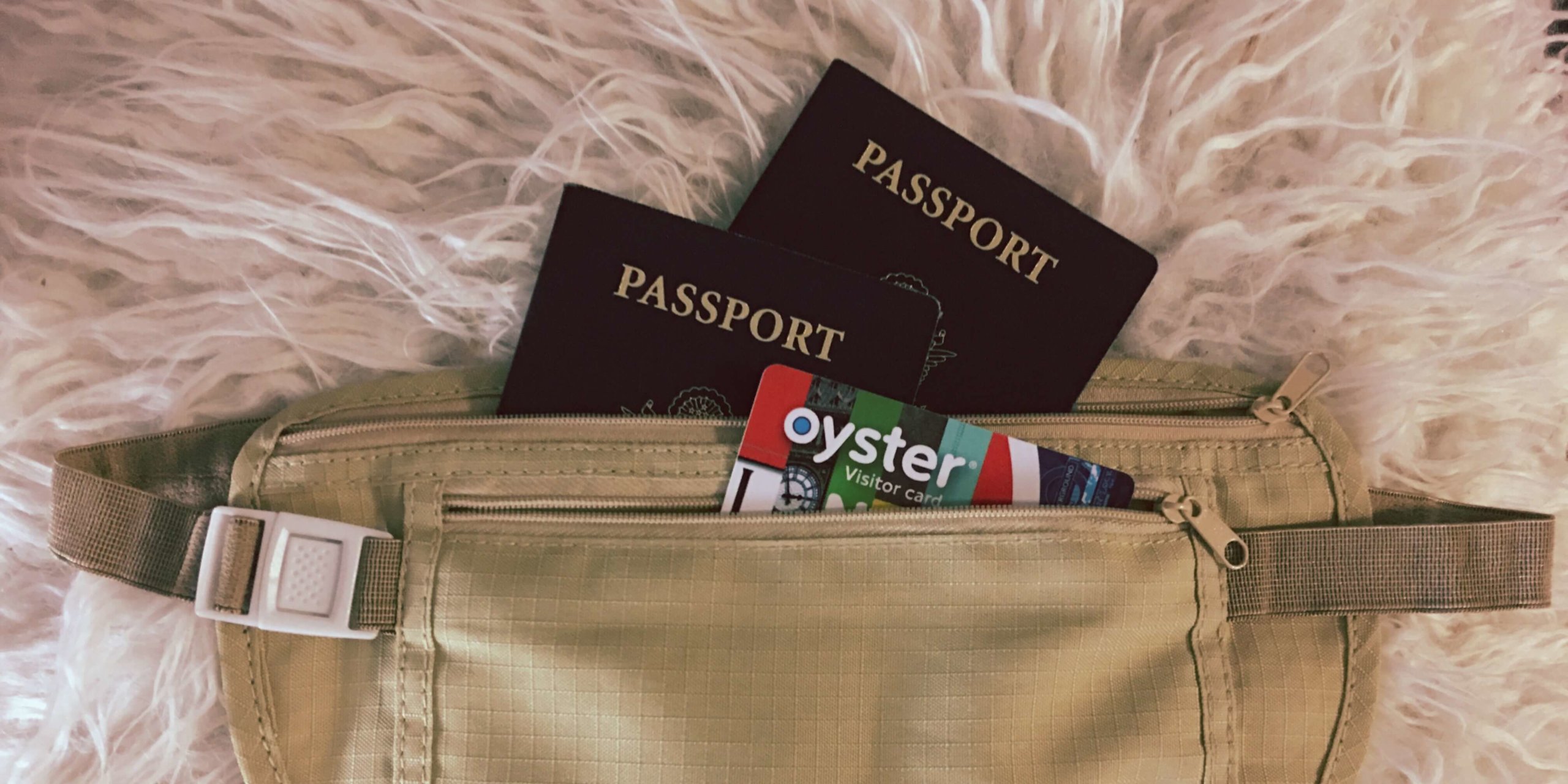
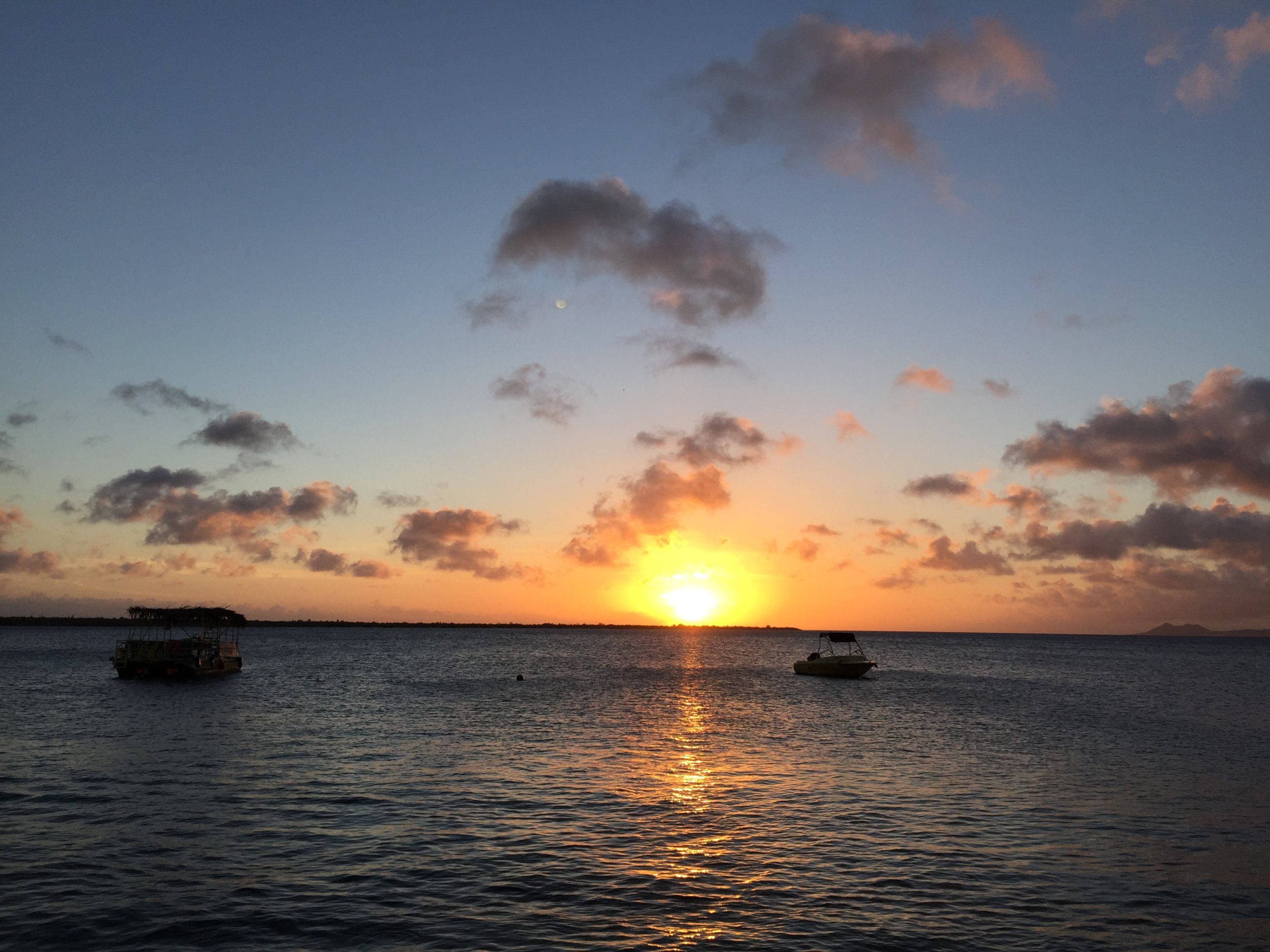
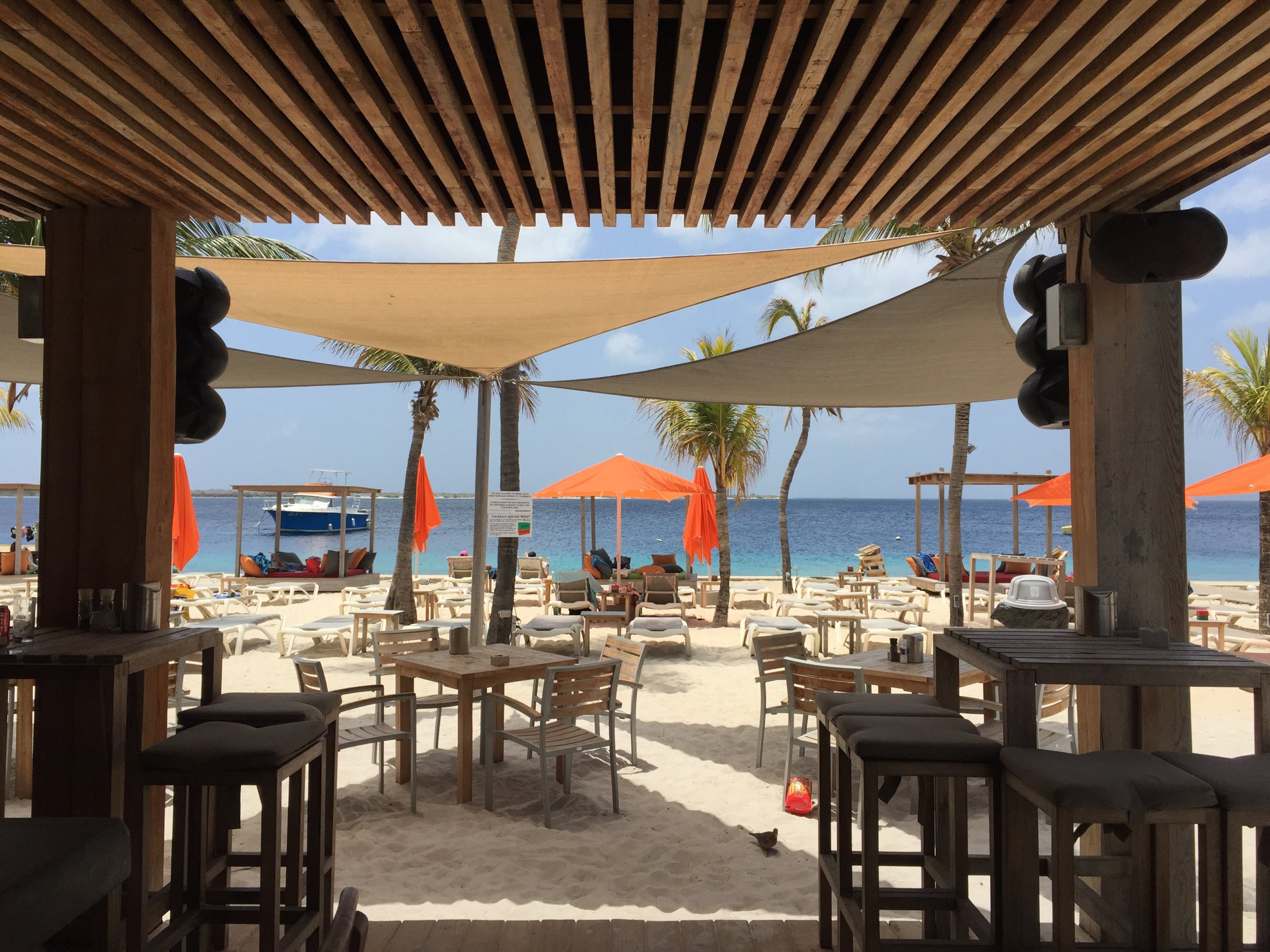

David
June 22, 2017 at 2:34 amGoogle maps really helps. Thanks for the Travel trips…really helpful.
Justin & Tracy
June 22, 2017 at 9:03 amYou’re welcome!